-
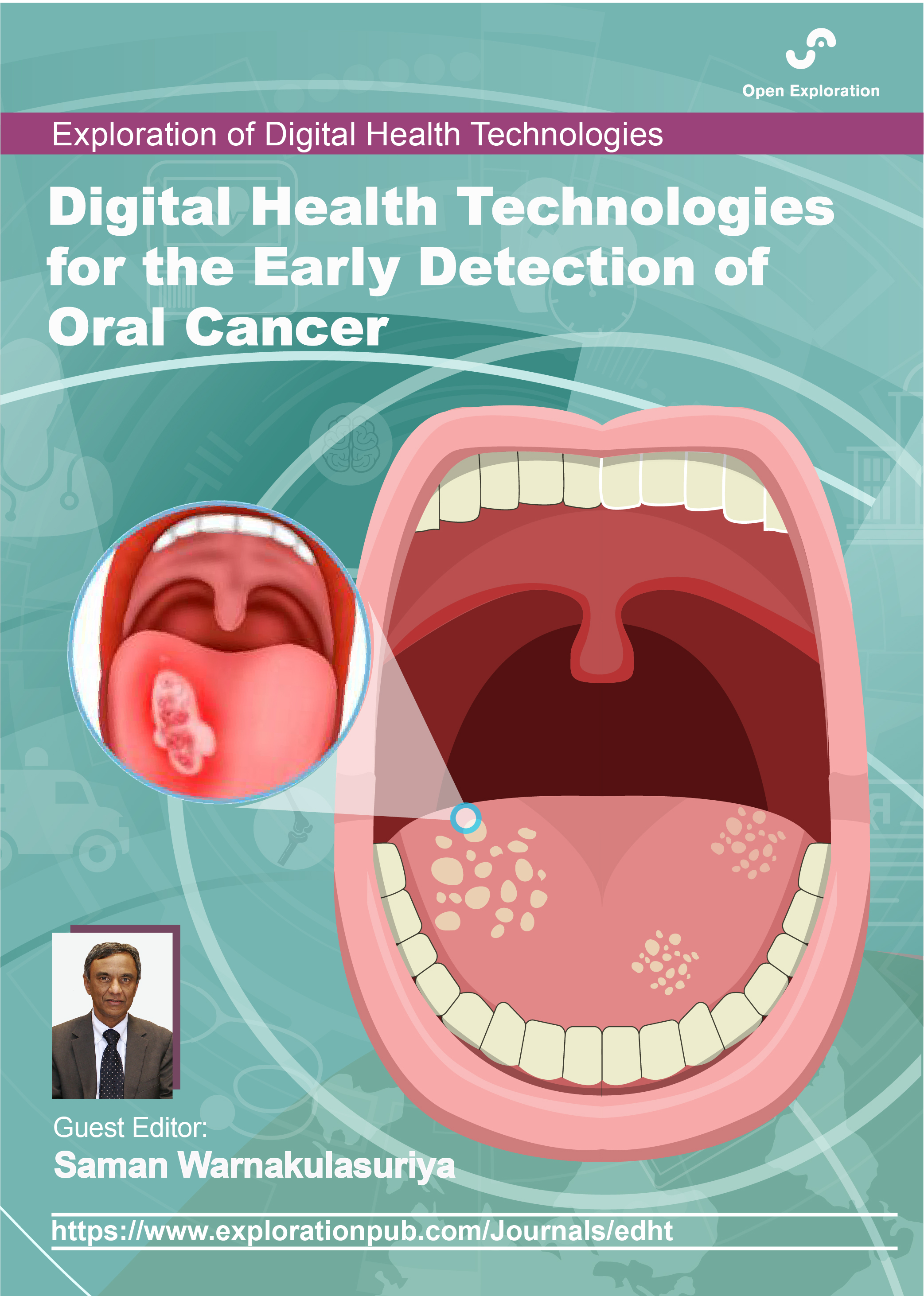 Special Issue Topic
Special Issue TopicDigital Health Technologies for the Early Detection of Oral Cancer
Submission Deadline: April 30, 2025Guest Editor
Saman Warnakulasuriya E-Mail
Emeritus Professor in Oral Medicine, King's College, London, UK.
Research Keywords: oral cancer; potentially malignant disorders; early diagnosis; screening; adjunctive aids; cancer detection
About the Special Issue
In this Special Issue we explore how Digital Health Technologies could offer a solution to the challenges encountered in the early diagnosis or oral cancer and oral potentially malignant disorders. The current literature vividly demonstrates the difficulties in distinguishing between benign, potentially malignant disorders and early oral cancer amounting to delays in diagnosis of these oral pathologies. Most oral medicine and cancer centres report that oral cancer patients present very late in advanced stages of the disease with regional spread of this malignancy to the neck and beyond. Recent Cochrane reviews highlight the limitations of traditional diagnostic methods, i.e. clinical oral examination, and widely available commercial adjunctive aids.
This special issue provides a comprehensive overview of the limitations of current diagnostic methods and the need to search for new innovative technologies. We provide an Introduction to Digital Health Technologies and Artificial Intelligence (AI) and their applications in healthcare and how these new technologies could assist us in early clinical diagnosis of oral cancer. Digital Health devices and AI Techniques and Tools in cancer diagnosis are currently being developed as research tools for screening for oral potentially malignant disorders and oral cancer in field studies and we provide Case Studies on AI in Cancer diagnosis. IN some chapters, the diagnostic studies that assessed the ability of digital health technologies to appropriately perform screening and comparing their performance with results from human clinicians will be presented and discussed. Data-driven approaches for Oral Cancer diagnosis are currently being explored and the chapter authors of this Special Issue are all keen to share their experiences and in advancing these techniques to aid in the early detection of oral cancer and to assist in precision medicine.
Keywords: oral cancer; potentially malignant disorders; early diagnosis; cancer detection; tele medicine; tele dentistry; primary care
Call for Papers
Published Articles
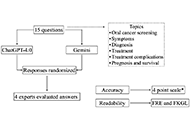 Assessing the accuracy and readability of ChatGPT-4 and Gemini in answering oral cancer queries—an exploratory studyOpen AccessOriginal ArticleAim: This study aims to evaluate the accuracy and readability of responses generated by two large language models (LLMs) (ChatGPT-4 and Gemini) to frequently asked questions by lay persons (the g [...] Read more.Márcio Diniz-Freitas ... Pedro Diz-DiosPublished: November 19, 2024 Explor Digit Health Technol. 2024;2:334–345
Assessing the accuracy and readability of ChatGPT-4 and Gemini in answering oral cancer queries—an exploratory studyOpen AccessOriginal ArticleAim: This study aims to evaluate the accuracy and readability of responses generated by two large language models (LLMs) (ChatGPT-4 and Gemini) to frequently asked questions by lay persons (the g [...] Read more.Márcio Diniz-Freitas ... Pedro Diz-DiosPublished: November 19, 2024 Explor Digit Health Technol. 2024;2:334–345
DOI: https://doi.org/10.37349/edht.2024.00032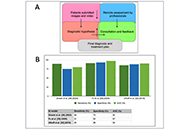 Teledentistry in the detection of oral potentially malignant disorders and oral cancer in the Latin American region: a review of literature with current possibilitiesOpen AccessReviewTeledentistry has emerged as a promising tool in bridging the gap in healthcare accessibility, particularly in regions like Latin America region, where resources for oral healthcare are often limite [...] Read more.Caique Mariano Pedroso ... Alan Roger Santos-SilvaPublished: October 22, 2024 Explor Digit Health Technol. 2024;2:291–301
Teledentistry in the detection of oral potentially malignant disorders and oral cancer in the Latin American region: a review of literature with current possibilitiesOpen AccessReviewTeledentistry has emerged as a promising tool in bridging the gap in healthcare accessibility, particularly in regions like Latin America region, where resources for oral healthcare are often limite [...] Read more.Caique Mariano Pedroso ... Alan Roger Santos-SilvaPublished: October 22, 2024 Explor Digit Health Technol. 2024;2:291–301
DOI: https://doi.org/10.37349/edht.2024.00029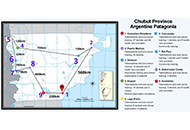 Development of a telemedicine network for early oral cancer diagnosis: the Argentine Patagonia experience—a perspective through a pilot studyOpen AccessPerspectiveGeographic areas like Argentine Patagonia face significant barriers in the fight against oral cancer due to great distances, extreme weather conditions, and a shortage of specialists. These factors [...] Read more.Romina Andrian ... Gerardo GilliganPublished: October 10, 2024 Explor Digit Health Technol. 2024;2:279–290
Development of a telemedicine network for early oral cancer diagnosis: the Argentine Patagonia experience—a perspective through a pilot studyOpen AccessPerspectiveGeographic areas like Argentine Patagonia face significant barriers in the fight against oral cancer due to great distances, extreme weather conditions, and a shortage of specialists. These factors [...] Read more.Romina Andrian ... Gerardo GilliganPublished: October 10, 2024 Explor Digit Health Technol. 2024;2:279–290
DOI: https://doi.org/10.37349/edht.2024.00028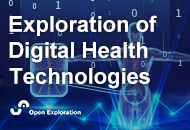 mHealth interventions to improve public knowledge of HPV-associated oropharyngeal cancer in the UKOpen AccessPerspectiveIn the United Kingdom (UK), the current prevalence rates of oropharyngeal cancer linked to human papillomavirus (HPV) are 6.29% and 2.04% in men and women, respectively. Over the years, the burden o [...] Read more.Kehinde Kazeem Kanmodi ... Jacob Njideka NwaforPublished: September 30, 2024 Explor Digit Health Technol. 2024;2:271–278
mHealth interventions to improve public knowledge of HPV-associated oropharyngeal cancer in the UKOpen AccessPerspectiveIn the United Kingdom (UK), the current prevalence rates of oropharyngeal cancer linked to human papillomavirus (HPV) are 6.29% and 2.04% in men and women, respectively. Over the years, the burden o [...] Read more.Kehinde Kazeem Kanmodi ... Jacob Njideka NwaforPublished: September 30, 2024 Explor Digit Health Technol. 2024;2:271–278
DOI: https://doi.org/10.37349/edht.2024.00027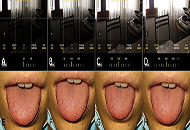 How to improve photographs with smartphones for oral telemedicineOpen AccessPerspectivePhotographic images are an essential tool in oral medicine practice, even though their value is conditioned by their quality. Digital photography using smartphones (SPhs) has had many advances, nowa [...] Read more.Eduardo D. Piemonte ... Jerónimo P. LazosPublished: September 13, 2024 Explor Digit Health Technol. 2024;2:249–258
How to improve photographs with smartphones for oral telemedicineOpen AccessPerspectivePhotographic images are an essential tool in oral medicine practice, even though their value is conditioned by their quality. Digital photography using smartphones (SPhs) has had many advances, nowa [...] Read more.Eduardo D. Piemonte ... Jerónimo P. LazosPublished: September 13, 2024 Explor Digit Health Technol. 2024;2:249–258
DOI: https://doi.org/10.37349/edht.2024.00025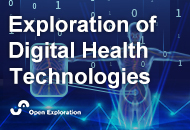 Artificial intelligence facilitates clinical management of epithelial dysplasia in multiple organsOpen AccessPerspectiveEpithelial dysplasia is a condition characterized by a spectrum of architectural and cytological alterations to the epithelium, resulting from the accumulation of genetic alterations. It is associat [...] Read more.Xin-Jia CaiPublished: July 08, 2024 Explor Digit Health Technol. 2024;2:183–187
Artificial intelligence facilitates clinical management of epithelial dysplasia in multiple organsOpen AccessPerspectiveEpithelial dysplasia is a condition characterized by a spectrum of architectural and cytological alterations to the epithelium, resulting from the accumulation of genetic alterations. It is associat [...] Read more.Xin-Jia CaiPublished: July 08, 2024 Explor Digit Health Technol. 2024;2:183–187
DOI: https://doi.org/10.37349/edht.2024.00020 -
-
Ongoing Special Issues